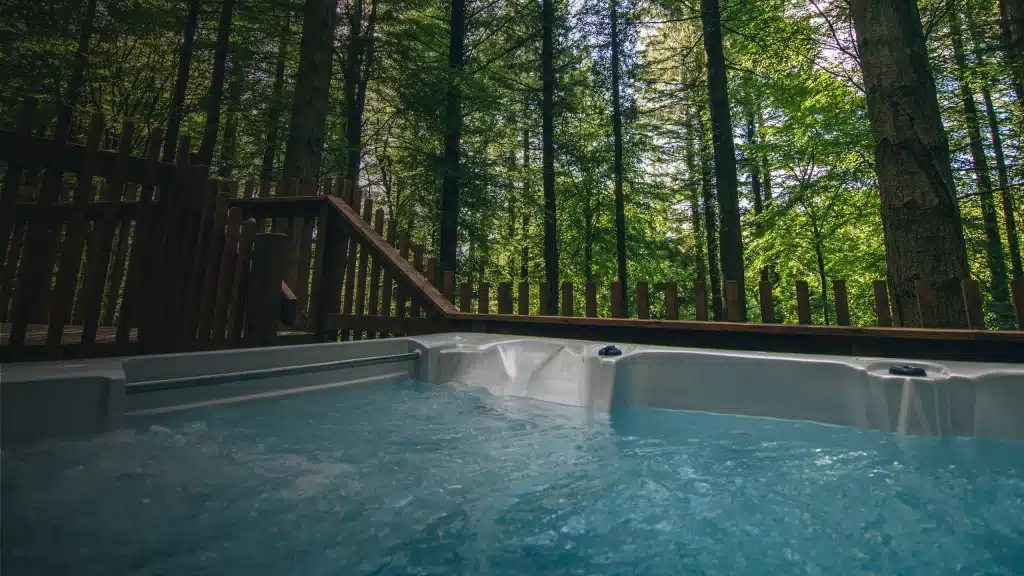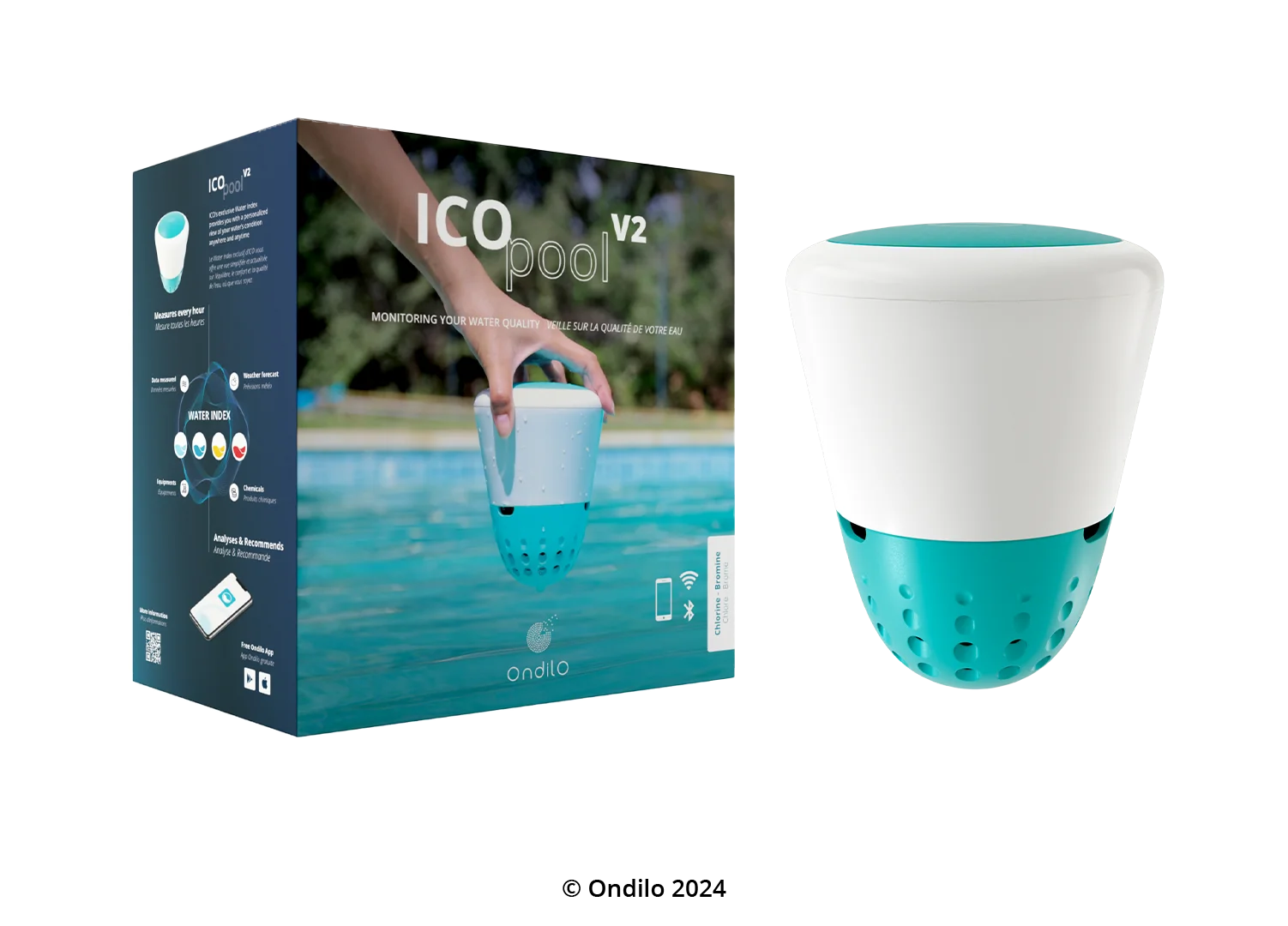Bromine water treatment is effective in combating bacteria and algae proliferation. Although it is less widely used than chlorine treatment due to its relatively high price, it is recommended if you live in a warm, sunny region.Indeed, bromine is particularly UV-resistant, compared with chlorine, for example. What's more, many bathers appreciate the comfort it brings to their water. What are the advantages and disadvantages of bromine treatment? How is it measured? Find out more in this article.

Bromine is a chemical element belonging to the halogens like fluorine and chlorine. It is also naturally present in seawater. Like chlorine, it is a disinfectant, a preventive algicide and a persistent disinfectant (it purifies water and destroys germs as it goes along). Bromine is ideal for replacing chlorine because it is odorless and gentler on the skin.
Bromine is available in pellet, tablet or pebble form.
If your pool water is green or cloudy, you can carry out a shock treatment using a bromine regenerator or calcium hypochlorite.
Voici les étapes à suivre pour désinfecter l’eau de votre piscine ou spa :
Um den Bromgehalt im Wasser zu messen, kannst du :
Discover ICO, the connected water analyzer: it measures pH, disinfectant and water temperature. ICO is compatible with chlorine/bromine or salt pools and spas.Discover ICO, the connected water analyzer: it measures pH, disinfectant and water temperature. ICO is compatible with chlorine/bromine or salt water pools and spas.

